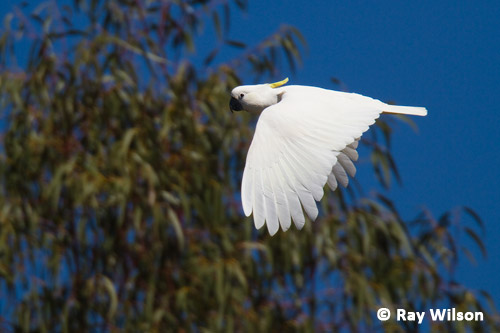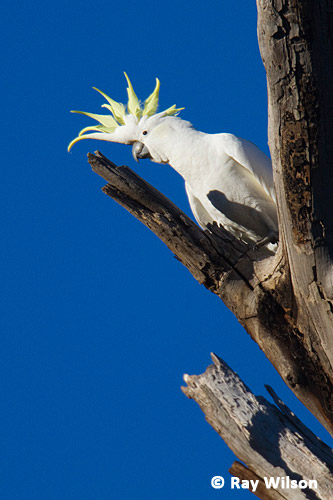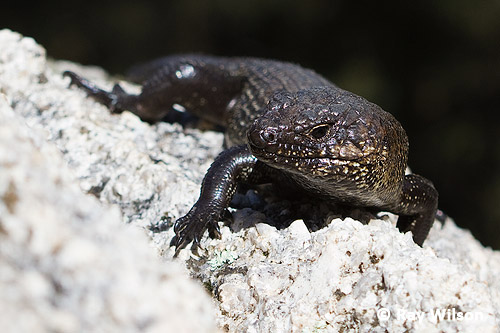
- Home
- Workshops / Tours
- Diary / Blog
- Galleries
- Foreign Trips
- Tasmania 2016
- NE Queensland 2016
- Western Alps 2016
- NE Spain 2016
- Australia's Wet Tropics 2015
- Australia's Top End 2015
- SW Australia 2015
- Switzerland 2015
- Andalucia 2015
- Belize 2015
- Australia 2014
- Switzerland 2014
- Belize 2014
- Bahama Islands 2014
- Switzerland 2013
- Ecuador 2012-2013
- Florida 2011-2012
- Vancouver Island 2011
- Australia 2010
- Peru 2008
- Bulgaria 2007
- Lesvos 2006
- California 2006
- New Zealand 2005
- Extremadura 2005
- Goa, India 2004
- The Gambia 2003
South-eastern Australia
25th September - 17th October 2010
Tidbinbilla, Australian Capital Territroy
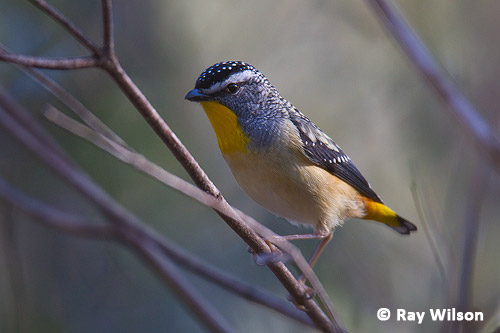
Spotted Pardalote (Pardalotus punctatus)
Tidbinbilla Nature Reserve lies a short distance to the west of Canberra on the edge of Namadgi National Park and comprises a combination of natural and man-made habitats.
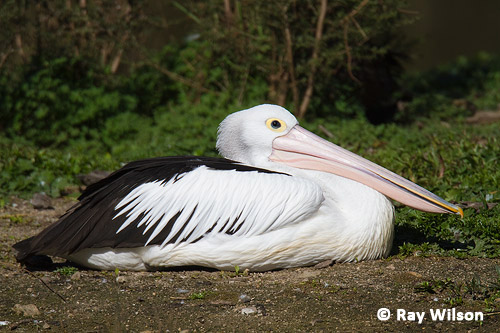
Australian Pelican (Pelecanus conspicillatus)
The artificially created ponds are home to a range of wetland birds, however, it is a bit difficult to tell which are truly wild and which are part of a reintroduction program that aims to increase the species diversity of the area.
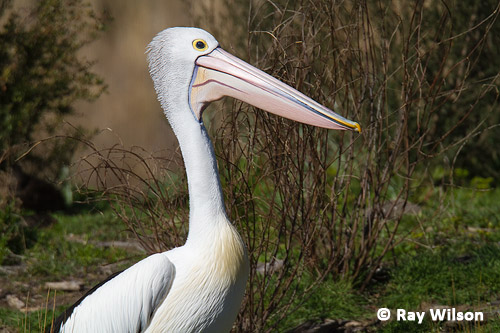
Australian Pelican (Pelecanus conspicillatus)
According to the distribution maps in the field guides, Magpie Goose is not supposed to occur in the Canberra area, so I'm guessing the individuals present at Tidbinbilla are reintroductions.
Magpie Goose (Anseranas semipalmata)
Dusky Moorhen (Gallinula tenebrosa)
Sulphur-crested Cockatoo (Cacatua galerita)
As with most areas in southeast Australia, Sulphur-crested Cockatoos are common.
Sulphur-crested Cockatoo (Cacatua galerita)
A Black Rock Skink was found sunning itself on a rough metamorphic rock.
Black Rock Skink (Egernia saxatilis)
The reserve is enclosed within a predator-proof fence which allows many native mammal species to thrive, including the rarely seen Long-nosed Potaroo.
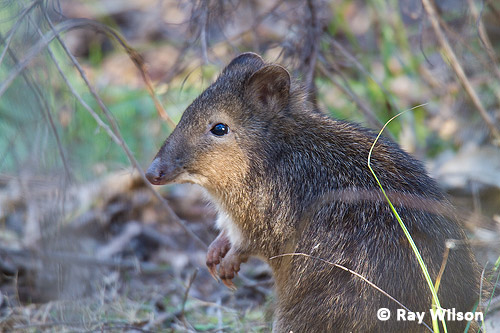
Long-nosed Potaroo (Potorous tridactylus)
There are several active captive breeding programs at present, including the critically endangered Southern Brush-tailed Rock Wallaby. Unfortunately, the only wallabies I saw were the much more common Swamp Wallabies. This species is also known as Black Wallaby or Black-tailed Wallaby, depending on which book you happen to be reading...
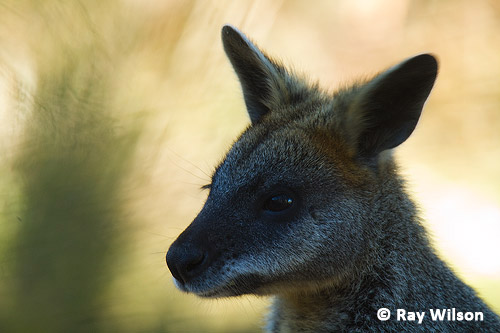
Swamp Wallaby (Wallabia bicolor)
Ray Wilson owns the copyright of all images on this site.
They may not be used or copied in any form without prior written permission.
raywilsonphotography@googlemail.com


